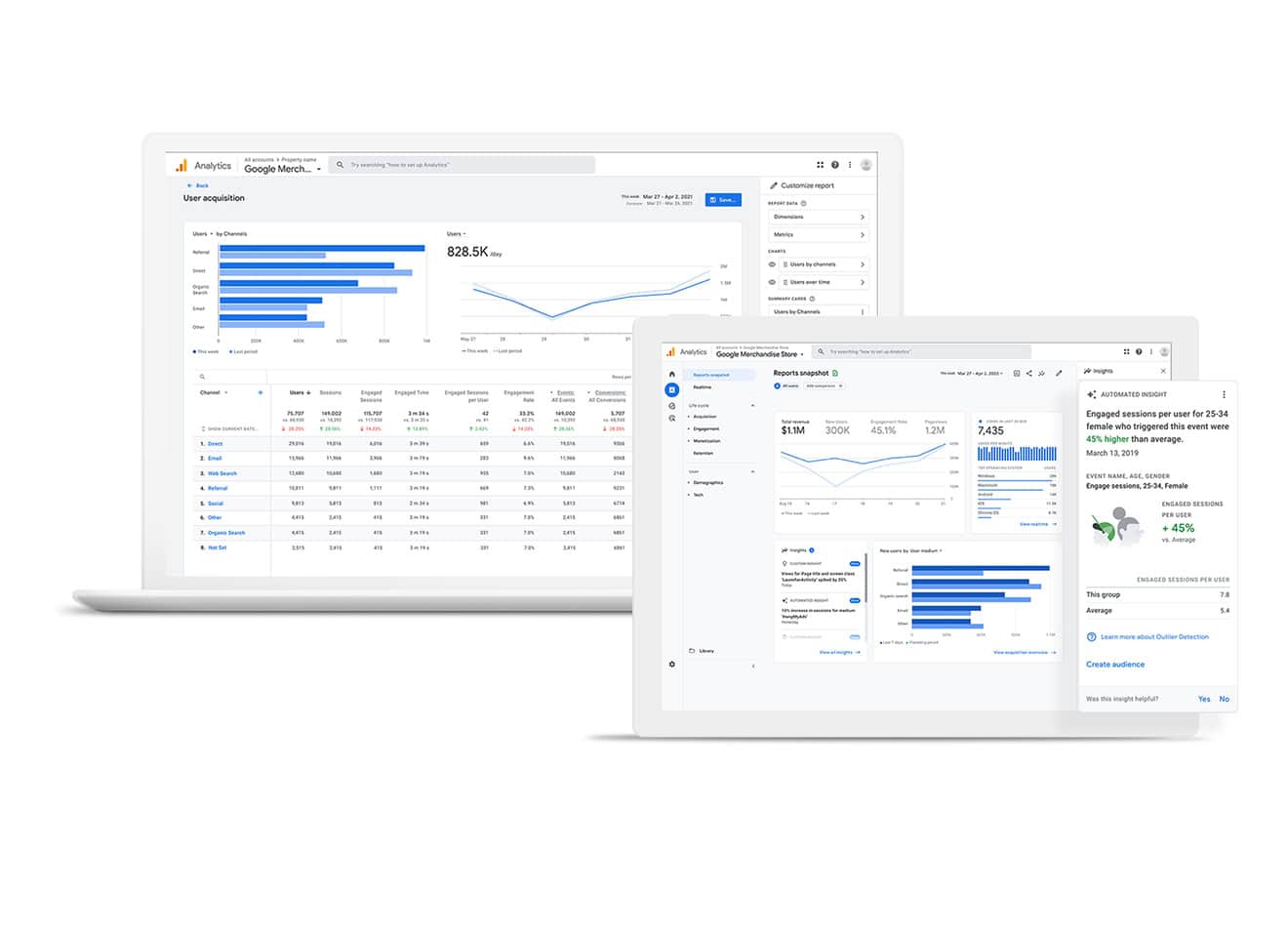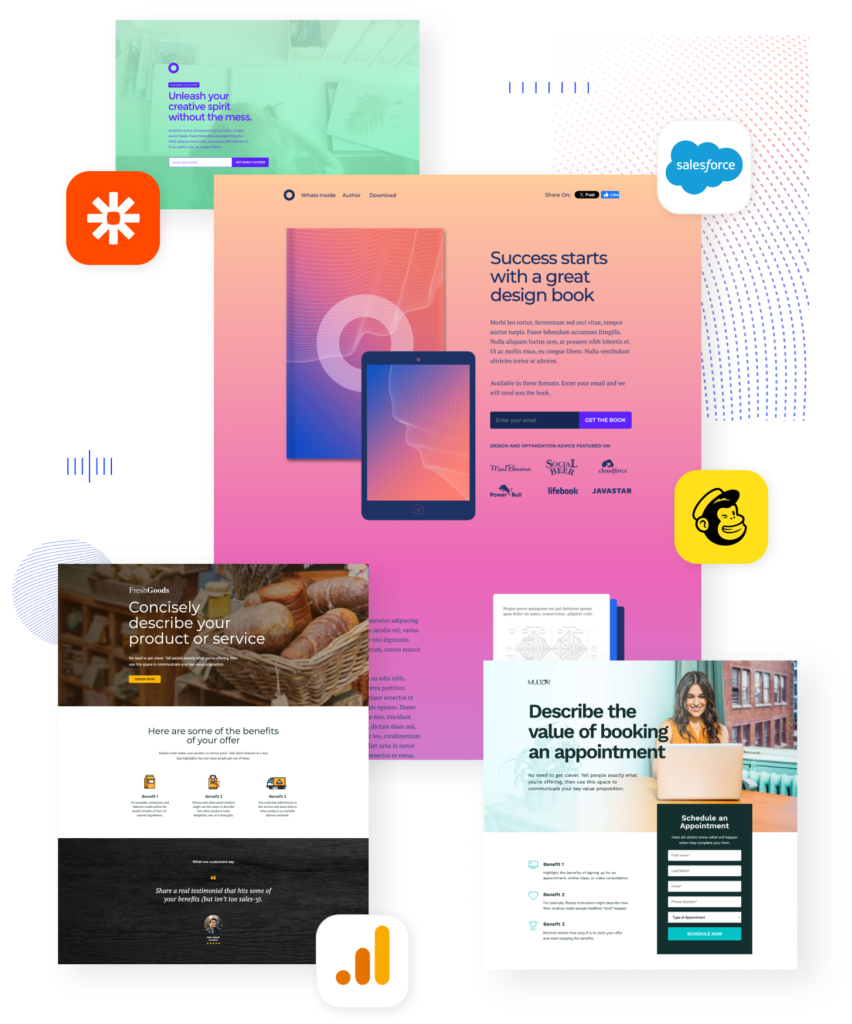The Future of Advertising: Leveraging Innovation for Campaign Success Innovation is more than just a catchphrase in the rapidly evolving field of digital marketing; it is essential. Campaign innovation is more important than ever as brands aim to attract the attention of increasingly discriminating consumers.
This article examines how utilizing innovative approaches, data analytics, influencer partnerships, new technologies, and memorable customer experiences can improve your marketing campaigns.
The foundation of any successful marketing campaign is innovation. It enables companies to stand out in a crowded market & draw in prospective clients who are inundated with advertisements from innumerable rivals. Businesses can develop distinctive value propositions that appeal to their target market by utilizing creative ideas.
Key Takeaways
- Innovation is a powerful tool for creating impactful campaigns that stand out in a crowded marketplace.
- Embracing new technologies is essential for campaign success in today’s digital age.
- Creative strategies are crucial for capturing consumer attention and standing out in a crowded marketplace.
- Leveraging data and analytics is key for creating targeted campaigns that resonate with the right audience.
- Collaborating with influencers and partners can amplify campaign reach and impact.
This promotes consumer loyalty in addition to increasing brand awareness. Also, creative campaigns can result in higher engagement levels. Brands stimulate consumer interest & foster interaction when they implement innovative ideas or state-of-the-art technologies.
Virtual reality (VR) and augmented reality (AR) campaigns, for example, can offer audiences captivating, immersive experiences. Therefore, creative advertising campaigns not only increase sales but also leave a lasting impression that encourages repeat business. The digital world is always changing, & adopting new technologies is necessary to stay ahead of the curve. These developments, which range from automation & machine learning to artificial intelligence (AI), can greatly increase the efficacy of campaigns. AI-powered tools, for instance, can examine patterns in consumer behavior, enabling marketers to customize their messaging and maximize the impact of their ad placements. Automation tools can also make campaign management procedures more efficient, giving marketers more time to devote to strategy & innovation.
Ad scheduling and performance tracking are two examples of repetitive tasks that can be automated to help brands make sure their campaigns run smoothly and to enable real-time adjustments based on performance metrics. This flexibility is essential in the fast-paced world of today, when customer tastes can change suddenly. In a market full of options, being creative is essential to being noticed. Companies need to think creatively and create original approaches that draw interest and attention. One successful strategy is storytelling; by incorporating stories into advertising campaigns, companies can engage their target audience on an emotional level. This not only increases the message’s relatability but also promotes participation & sharing.
| Metrics | Data |
|---|---|
| Click-Through Rate | 10% |
| Conversion Rate | 5% |
| Engagement Rate | 15% |
| Return on Investment (ROI) | 20% |
Utilizing user-generated content (UGC) is an additional innovative tactic. In addition to creating a sense of community, encouraging customers to share their experiences with your product or service yields genuine testimonials that appeal to prospective customers. By showcasing user-generated content on multiple platforms, brands can expand their reach and build consumer trust.
Modern marketing relies heavily on data because it offers priceless insights into the preferences and behavior of consumers. Utilizing data analytics, brands are able to develop highly targeted advertising campaigns that directly address the wants and needs of their target audience. In order to deliver individualized messages that resonate, audiences are segmented based on their demographics, interests, and purchasing patterns. Also, marketers can make data-driven decisions by using analytics to continuously monitor campaign performance.
Brands can determine what works & what doesn’t by examining key performance indicators (KPIs) like click-through rates (CTR), conversion rates, and return on ad spend (ROAS). Campaigns are continuously improved for the best outcomes thanks to this iterative process. Influencer marketing has become a potent tool for brands trying to reach a wider audience in the current digital era. You can reach potential customers who might not have otherwise heard of your brand by working with influencers who share your values and leveraging their existing audiences. Influencers increase the appeal of campaigns to consumers by adding relatability and authenticity.
Collaborations with other companies can also increase credibility and reach. Through co-branded campaigns, businesses can combine their audiences and resources, benefiting both sides. You can develop creative campaigns that provide customers with additional value while growing your market presence by partnering with brands that complement yours. One concrete method of engagement is through experiential marketing.
Campaigns that use experiential marketing, for example, give customers a real opportunity to interact with a brand. Whether it’s through virtual events, immersive installations, or pop-up stores, these encounters make an impression on customers that lasts. Building Stronger Bonds. Brands can build stronger relationships with their audience by making the interaction memorable and pleasurable. Repeat business and greater brand loyalty may follow from this.
Going Beyond Traditional Advertising.
In order to produce unforgettable experiences, brands need to think creatively and go beyond conventional advertising techniques.
This could entail putting on interactive events, providing individualized services, or producing interesting web content that encourages interaction. Because of changing societal trends and technological advancements, consumer behaviors are always changing.
In order to stay relevant, brands need to be flexible and ready to modify their plans as necessary. This necessitates keeping up with new developments and comprehending how they affect consumer preferences. For instance, a growing number of consumers are giving eco-friendly goods and procedures top priority as a result of sustainability. Companies can draw in eco-aware customers by innovating by integrating sustainable practices into their marketing campaigns and business operations. By conforming to these evolving practices, businesses can establish themselves as leaders in their fields and make constructive contributions to society.
The last component is evaluating campaign performance and making adjustments for continuous innovation. It is imperative to establish unambiguous metrics for success, such as monitoring brand awareness, engagement rates, or sales growth. Establishing clear objectives & routinely evaluating performance in relation to these standards helps brands pinpoint areas in need of development.
Creating an innovative culture within the company also promotes ongoing learning and adjustment. In order to learn from both successes and failures, teams should be encouraged to try out novel concepts & methods. In addition to improving campaign efficacy, this iterative process establishes the brand as a progressive industry leader.
In summary, it is impossible to overestimate the importance of innovation in marketing campaigns. In the current competitive environment, brands can achieve remarkable results by embracing new technologies, utilizing creative strategies, leveraging data analytics, working with influencers, creating memorable experiences, adjusting to shifting consumer behaviors, and effectively measuring success. Leading the way is what innovation is all about, so keep that in mind as you start your next campaign.
Investigate fresh concepts & tactics that will differentiate your brand from the competition & take action right now. Advertising has a bright future for those who are willing to innovate; are you prepared to make the change?
If you’re looking to innovate your campaigns for carpet cleaning marketing, you may want to check out this article on carpet cleaning marketing in Glendale, Arizona. This article provides insights and strategies specific to the Glendale market that can help you stand out and attract more customers.
FAQs
What does it mean to innovate your campaigns?
Innovating your campaigns means finding new and creative ways to reach and engage with your target audience. This can involve using new technologies, strategies, or tactics to stand out in a crowded marketplace.
Why is it important to innovate your campaigns?
Innovating your campaigns is important to stay ahead of the competition, capture the attention of your audience, and adapt to changing consumer behaviors. It can also help to increase brand awareness, drive sales, and build customer loyalty.
What are some ways to innovate campaigns?
Some ways to innovate campaigns include leveraging new technologies such as AI and machine learning, creating interactive and personalized content, utilizing social media and influencer marketing, and experimenting with new advertising platforms and formats.
How can innovation impact the success of a campaign?
Innovation can impact the success of a campaign by helping it to stand out in a crowded marketplace, capture the attention of the target audience, and drive engagement and conversions. It can also help to build brand credibility and loyalty.
What are some examples of successful innovative campaigns?
Some examples of successful innovative campaigns include Nike’s “Just Do It” campaign, Coca-Cola’s “Share a Coke” campaign, and Burger King’s “Whopper Detour” campaign. These campaigns utilized new technologies, creative storytelling, and interactive experiences to engage with their audience.










